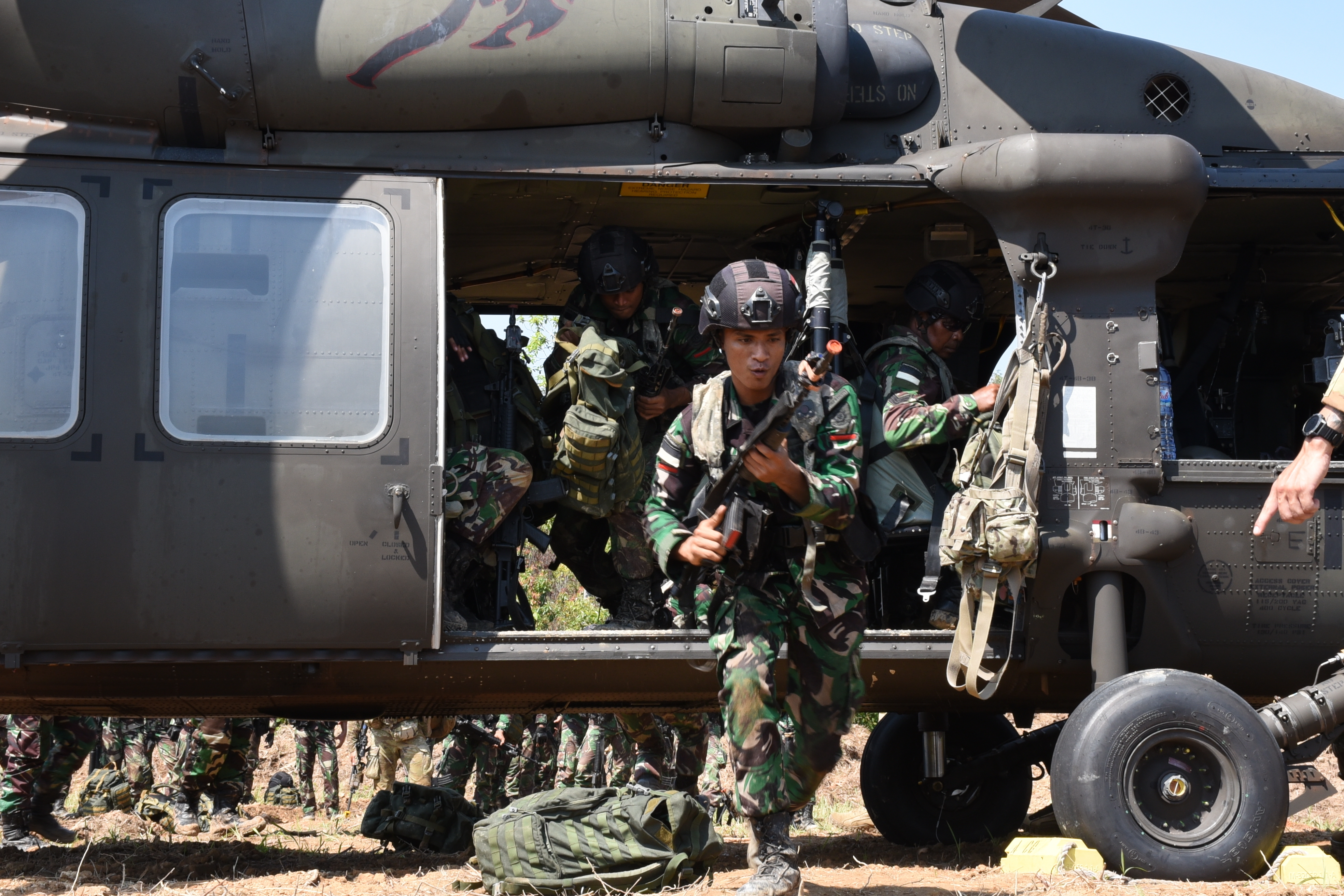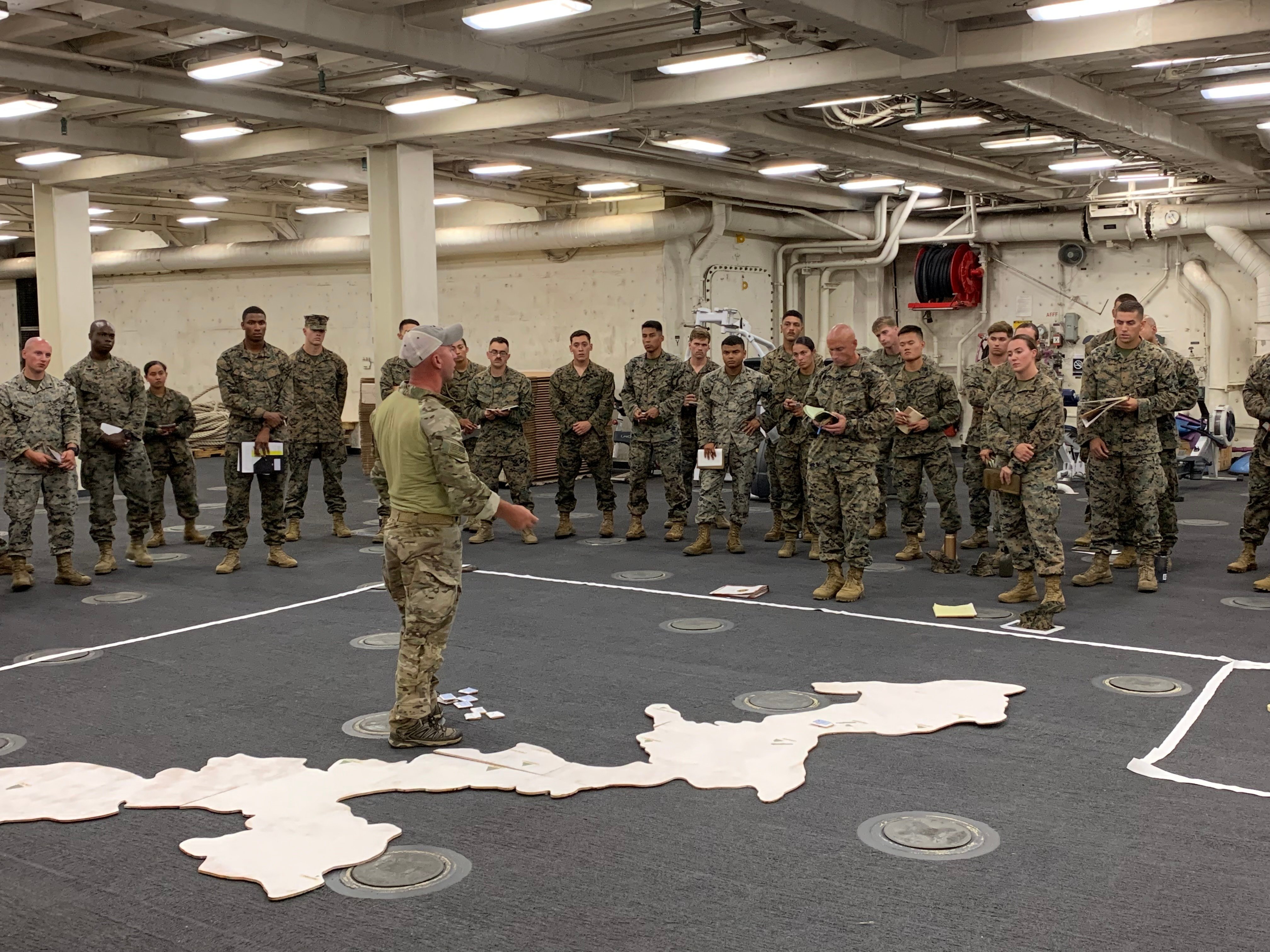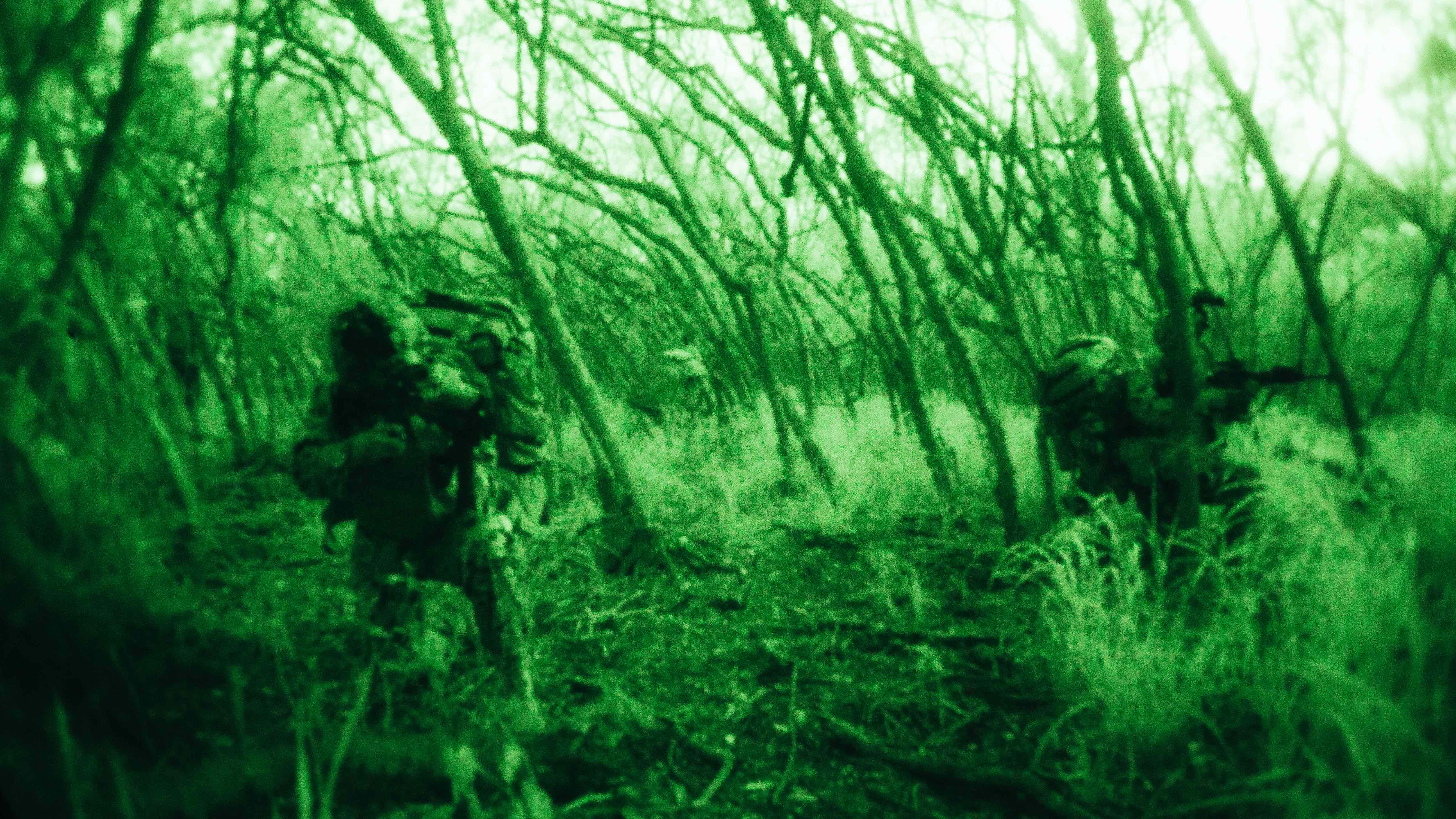
Developing relationships and enhancing interoperability with allies partners through exercises and engagements is the focus for U.S. Army Pacific, officials from the command told reporters last week.
The command is pushing increased readiness and the ability to respond to contingencies in the Indo-Pacific region, which is in line with the Department of Defense’s emphasis on the integrated deterrence concept, they told reporters.
In regard to the strategic and operational aspect of integrated deterrence, one of the key advantages the United States has is its allies and partners and its friends around the world, said Lt. Gen. James Jarrard, the deputy commanding general of USARPAC. Specifically in the Indo-Pacific, these allies and partners share the same values and work toward creating a free and open region that allows each country to continue its path based on its own sovereign interest.
“So continuing to develop those relationships is a key part of integrated deterrence at both the strategic and the operational level,” he added.
Upcoming iterations of Operation Pathways and USARPAC exercises west of the International Date Line will see similar trends to the joint Super Garuda Shield 2022 exercise, – held in Indonesia in August with multinational partners – said Brig. Gen. Jeffrey VanAntwerp, the deputy commanding general of Operations, 25th Infantry Division.
Originally a bilateral U.S. Army – Indonesian Army exercise, the service transformed Garuda Shield into a multinational and joint exercise this year with the participation of troops from Australia, Japan and Singapore, in addition to observer and staff participation from Canada, France, India, Malaysia, New Zealand, the Republic of Korea, Papua New Guinea, Timor Leste, and the United Kingdom.
The U.S. Army also added a sea component, carried out by ships from Indonesia, Singapore and the United States. Littoral Combat Ship USS Charleston (LCS-18) and amphibious transport dock USS Green Bay (LPD-20) carried out joint drills and maneuvers in the Natuna Sea with Indonesian Navy corvettes KRI Bung Tomo (357), KRI John Lie (358), and KRI Frans Kaisiepo (368) and landing platform dock KRI Makassar (590), along with Republic of Singapore Navy (RSN) frigate RSS Supreme (73) and landing platform dock ship RSS Resolution (208).

“We find if we’re just training army to army with another army, that is good – it’s good towards developing that kind of combined interoperability – but the reality is unless you’re doing it joint, unless you’re doing it multinational, you’re just not going to be successful,” VanAntwerp said. “And so our interest is in taking a lot of these exercises, and if our partners are interested and we want to work together and grow those exercises to ones where we’re working in a multinational way and in a joint way, that’s absolutely where we’d like to go”.
A key element in enabling USARPAC to ensure its forces are ready, available and deployable is the command’s Joint Pacific Multinational Readiness Center (JPMRC), which has three campuses – one on Oahu, Hawaii, one in Alaska, and the third an expeditionary deployable capability. Not only do these centers build readiness and prepare soldiers for deployments to the region, but they also keeps trained, ready forces available.
“Previously, when we had to send our forces back to the United States, it cost us a lot of money, so we’re getting to save some money, and it cost us a lot of time. It usually took about a month and a half to two months of transit time, and even more, for our equipment. And so it keeps our forces aggregated and available here in the region,” Jarrard said.
The JPMRC also allows USARPAC units to train in environments similar to the environments in the Indo-Pacific region.
“The national training center in Fort Irwin, California, it was a big desert. And that’s useful if you’re going and deploying to the Middle East, not so much if you’re out here in the Pacific. We have the jungle environment and the island archipelago environment that we have here in the Pacific, here in Hawaii. But up in Alaska we also have the cold high mountains that we have in other parts of the Pacific” said Jarrard.
The JPMRC also enables USARPAC to conduct exercise and rehearsals with foreign partners simultaneously, while preparing its units for upcoming deployments, like in the case of the current JPMRC rotation 23-01 taking place from Oct. 20 through Nov. 10 around Hawaii. The rotation includes 6000 personnel from the 25th Infantry Division and 354 partner nation personnel, the majority of which are infantry companies each from Indonesia, Philippines and Thailand, in addition to observers from Australia, Bangladesh, Brunei, Japan, Malaysia, Mongolia, New Zealand, and Singapore. The U.S. personnel are primarily from the 2nd Brigade Combat Team (BCT), as part of ensuring the brigade is ready to deploy in contingencies and to prepare the brigade for its Pathways deployment in 2023. The three partner nations’ companies will integrate on a company basis with one of the three battalions of the 2nd BCT. They will execute similar tasking to the U.S companies in the exercise.
Personnel from the 1st Special Forces Group (Airborne) are also participating in the training, while the U.S. Air Force is providing support with aircraft, close air support and defensive counter-air capabilities.
USS Hopper (DDG-70) is also participating in the exercise. VanAntwerp said the Arleigh Burke-class guided-missile destroyer last week inserted a U.S Army special operations team into the training area.

The U.S. Marine Corps 3rd Marine Littoral Regiment is also taking part in the exercise.
“The Marine Littoral Regiment is doing what it envisioned doing, what we, the joint force, would envision them doing in their role, just as we’d expect in a conflict” VanAntwerp said when USNI News asked about the 3rd MLR’s role in the exercise. “They are currently forward-deployed with multiple sensing and firing, advanced expeditionary bases, and they are going to open up air corridors and sea lanes to allow our forces during the remainder of the joint force to move into this operational area.”
Jarrard said the JPMRC rotation is done on an annual basis and countries were invited to observe the exercise to decide if they want to participate in future iterations.
“And so we just see an increased interest in this capability and what we’re doing throughout the Pacific, and so that we think this is a very good way to continue to develop relationships with our allies and partners,” he said.
As for the upcoming Keen Sword exercise in Japan in November, Jarrard said that while it’s primarily a U.S. Navy and U.S. Marine Corps drill, the U.S. Army will participate with its Multi-Domain Task Force and deploy in the southwest islands of Japan with some of its key capabilities.
Jarrard stressed that continuous engagement is essential to build interoperability so the U.S. and partner forces can respond to events and crises in the region, whether it’s humanitarian and disaster relief operations or respond to military situations.
The U.S and its partners must be able to understand how each other operates and have equipment that enables all parties to effectively communicate with each other.
“And so that is what we need to work on every time we get together with our allies and partners so that we can do that better. We still have areas that we do not do that well, even though we’ve been doing this a long time, and so we’ve got to continually to improve, so that when we are required to work together, we can do it at an effective level,” Jarrard said.





